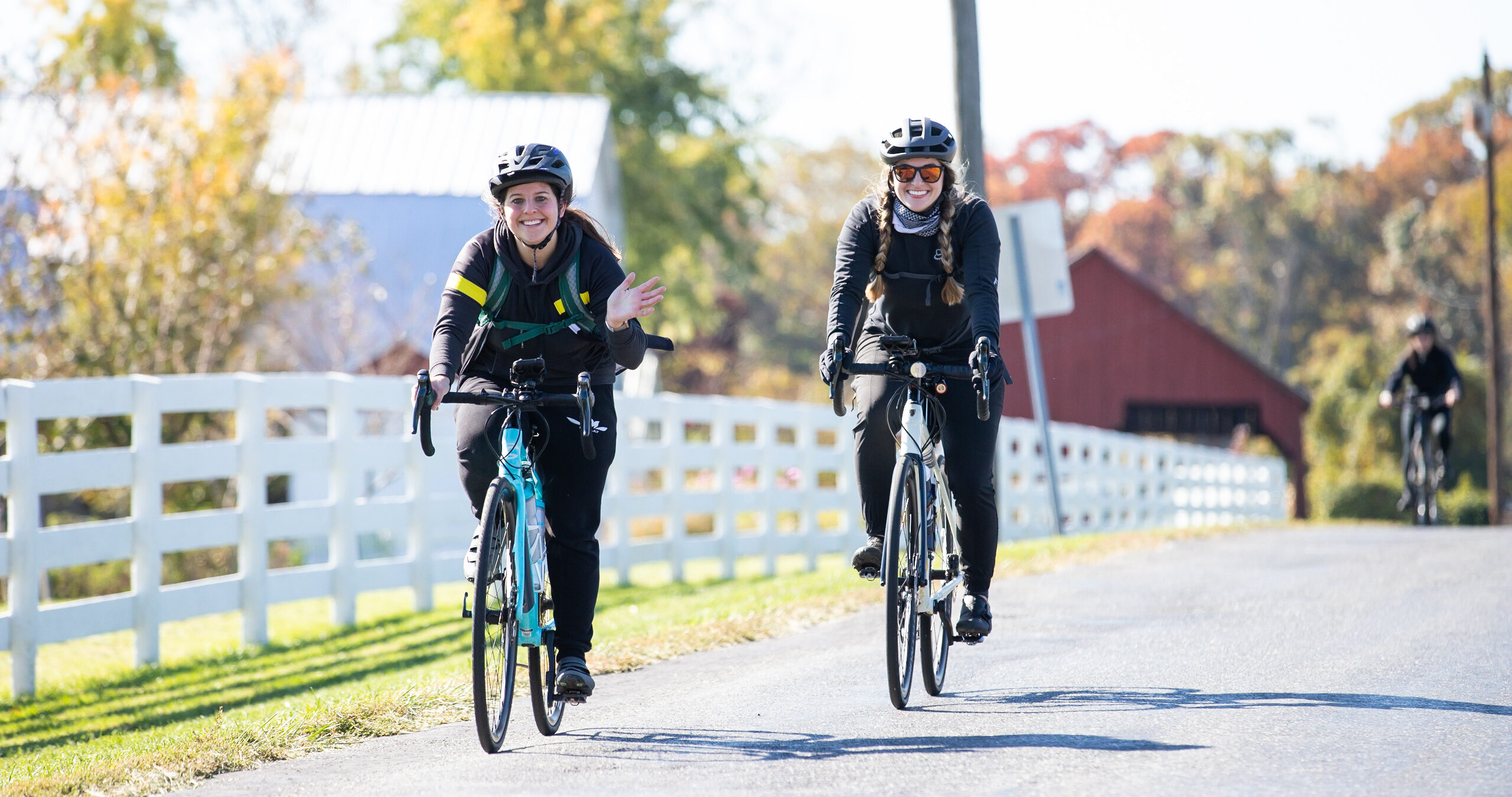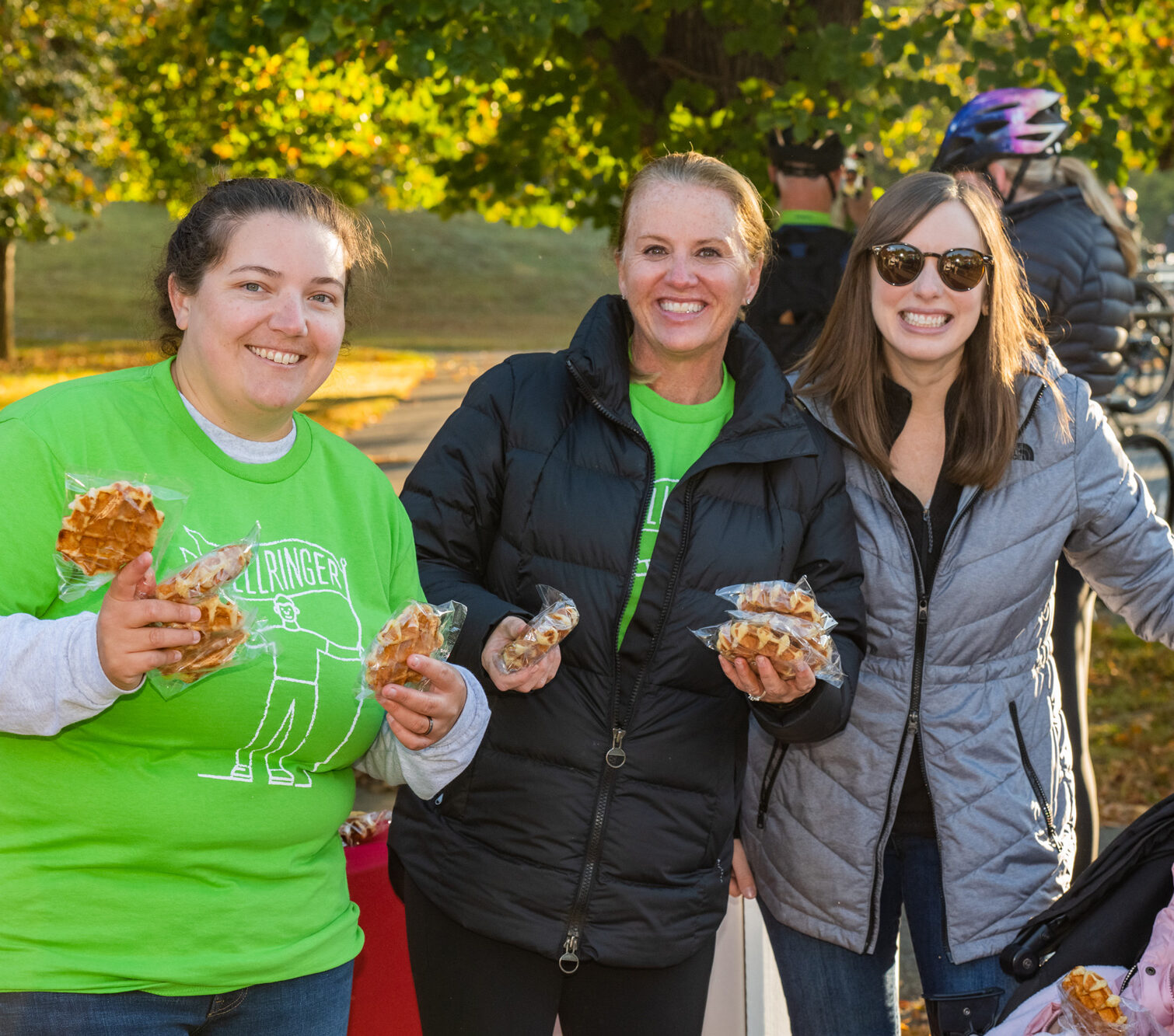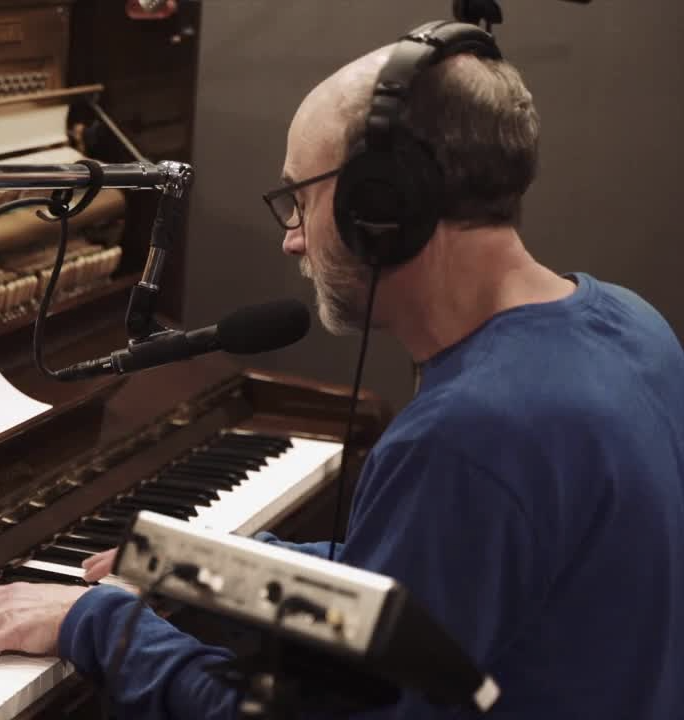
Spring cleaning? No. Spring training? Yes. Who has time to dust their floorboards when you could be cruising down a bike trail on an 80-degree sunny day in the DMV? Surely not us. Over here at BellRinger, we’re ready to kick our training into high gear, and with that comes time to remind ourselves and our community of the rules of the road to make sure you’re keeping yourself and other riders safe out there. If you’ve been cycling for quite some time, a little refresh never hurts. If you’re new to the cycling gig, go grab your helmets — you’re in for quite the ride (no pun intended)!
Let’s start with the basics:
- It’s critical that you are wearing a helmet at all times while on your bike. Make sure it fits snugly on your head and is positioned correctly to provide the most protection in the event of an accident. Not only will it keep your noggin safe, but it’ll also make you look like a pro.
- Remember the rules of the road! Stop at stop signs, stop at lights. When approaching intersections that require vehicles to yield or stop, the lead rider will say “slowing” or “stopping” to alert those behind to the change in speed. When passing through an intersection, some cyclists say “clear” if there is no cross traffic. Note that each cyclist is still responsible for verifying that the way is indeed clear. No rogue missiles flying out into the road on our watch.
- Get loud! When approaching riders and pedestrians from behind, call out “on your left” or “on your right” when passing to give them time to step to the side to give some space for you to breeze by. If you’re riding in a group, it is important that each person repeats this as they pass, especially if spaced out.
- Hand signals! Hand signals! Hand signals! This is the primary way for cyclists to communicate with one another, pedestrians, and cars on the road that are behind them. We’ve included a basic deck below for you to have nailed down when you hit the road.

Now that we’ve covered the basics, let’s get into the meat and potatoes of training:
- Regardless if you’re planning to ride 25, 50, or 100 miles, you better start building those leg muscles!! But always remember — slow and steady wins the race. Don’t try to tackle the entire distance in one day unless you want to feel like you just got hit by a freight train. Instead, gradually increase your mileage and intensity, and add some cross-training activities like yoga or pilates to keep your body in balance.
- #Hydration. Water is going to become your best friend during training. Please remember to not rely on thirst, though. That only kicks in when you are already dehydrated. It’s also important to not rely on water alone. It’s best to alternate between sports drinks and water, as something like gatorade contains a mix of sodium, carbohydrates, and other electrolytes.
- You can’t forget bike maintenance. Give your ride a little TLC and make sure your brakes are working, your tires are pumped up, and your gears are shifting smoothly. There are many local bike shops in the area that can help make sure your bike is ready to take you the distance, while also being fitted to ensure maximum comfort and efficiency. Trust us, you don’t want to be stuck with a squeaky chain or a wonky seat.
The list goes on and on, and that’s why we’ve compiled a handy-dandy in depth training guide to go over all you need to know when prepping to take the streets. But before we leave you to do some light reading on your own, we want to give you some tips that we wish someone had told us when we were first getting started.
- You know your body best. You know when it’s time to challenge yourself, and you know when it’s time to take a break. Learning to get comfortable on your bike is a marathon, not a sprint. The work you put into it is what you will get out of it!
- Training doesn’t stop after you hop off your bike at the end of a ride. Doing a post-ride cool-down will help alleviate some aches and pains in the following hours or days. Do stretches such as lunges, butt-kicks, or jumping jacks to get your blood pumping.
- Track that progress! Use a fitness tracker or app to track your progress, such as distance, speed, and calories burned. Not only will this keep you motivated, but you’ll get to see how far you’ve come. You might just surprise yourself with how awesome you are.
- Have fun! Getting out on your bike doesn’t need to be scary. Plan a route that takes you through scenic areas, such as a long river or park (Shoutout to one of our favorites — the Anacostia Trail!). We like to go about our rides with “me time” mindset — relaxing and rejuvenating. It shouldn’t feel like work.
All in all, we’re focused on ensuring our entire community is ready to hit the road this October, as what we’re doing is bigger than hopping on two wheels and going for a ride. You don’t have to be a cycling pro, as we’ll be there to help every step of the way. You just have to hate cancer. To join us for our training rides, head over to our Training Page to stay up to date on when and where they are.
You got this. Gear up, get out there, and show cancer who’s boss.





